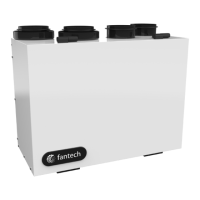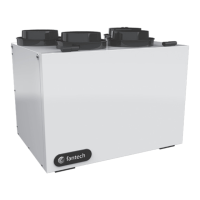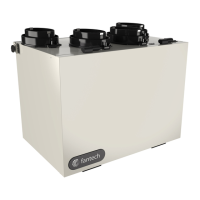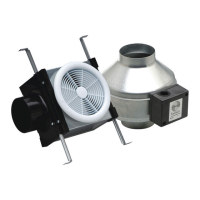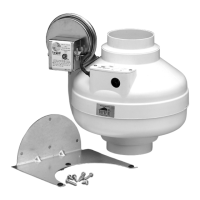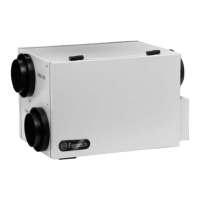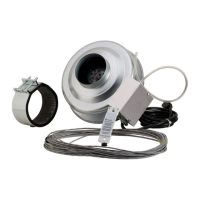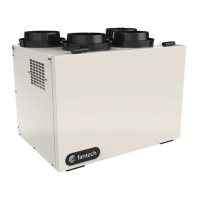What to do if LED is flashing on Fantech Fan?
- AAndrea BanksSep 23, 2025
If the LED on your Fantech Fan is flashing, it indicates that no power is being transmitted to the control board. First, make sure the unit is plugged in. If it is, the transformer may need replacing.
